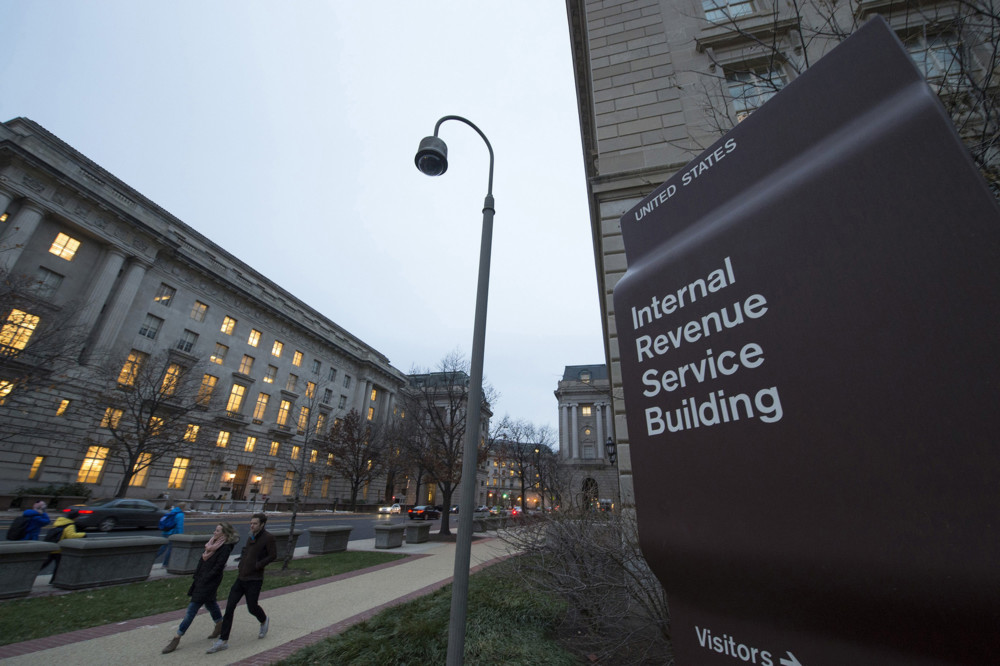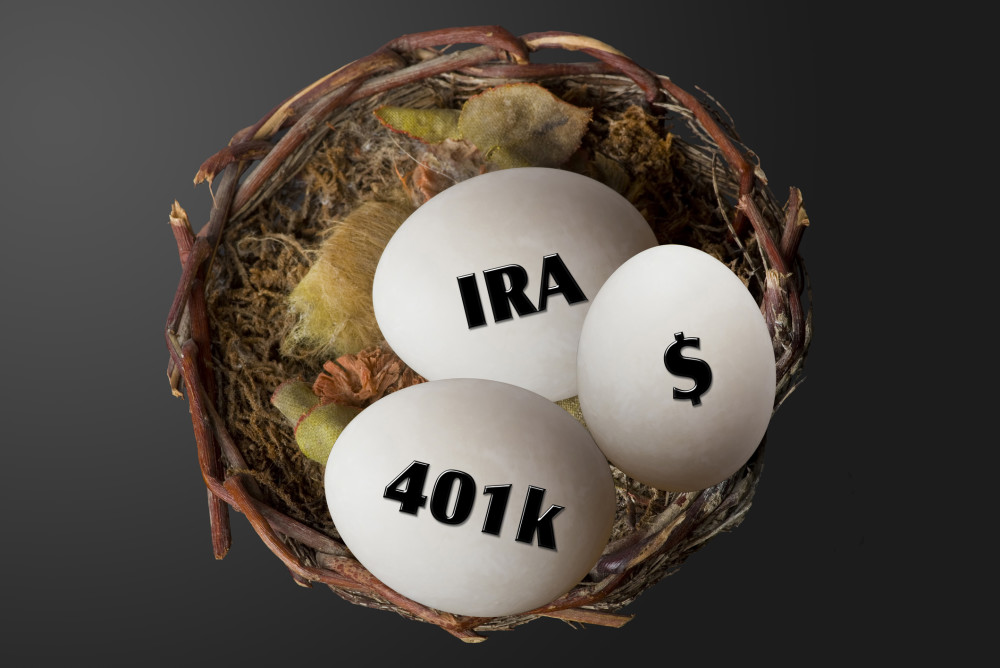By Janet Kidd Stewart
Chicago Tribune
With 2013 almost in the books, some last-minute tax moves for your retirement money could help you start 2014 off right.
New retirees whose income will be significantly lower this year than it has been or who are picking up self-employed gigs as they downshift into retirement, and anyone who turned 70 { this year should pay especially close attention to these three strategies, experts say:
ROTH WHILE YOU CAN: If you’ve retired but haven’t yet started taking Social Security and large retirement account distributions, you may be in a sweet spot to convert some assets in traditional individual retirement accounts to a Roth IRA, said Chris Benson, an accountant and financial adviser with L.K. Benson & Co. in Towson, Md.
“I just got out of a client meeting with someone who retired a couple years ago but hasn’t started taking big 401(k) distributions yet,” Benson said. “Right now he’s in a pretty low bracket and just has some investment income, so we’re looking at converting some of that money to a Roth.”
Hate the thought of paying income taxes to convert to a Roth by the year-end deadline only to see those assets decline in value if markets go into a correction in 2014? You can undo the deed by recharacterizing the conversion by Oct. 15, 2014.
DIY 401(K): If you’re picking up some consulting work as you downshift a career, consider using this time to double down on retirement savings with an individual 401(k), also known as a Solo-401(k).
The deadline for opening a Solo-k is Dec. 31. The plans are generally for one-owner businesses and the self-employed but can include a spouse. The appeal is the much larger contribution limits compared with IRAs.
Another bonus: Unlike with IRAs, you can keep contributing to Solo-k plans after age 70 {, said David Littell, a tax professor at The American College of Financial Services.
For 2013 and 2014, Solo-k owners who are 50 and older can contribute up to $23,000 in elective deferrals, and up to 25 percent of compensation, which is calculated according to IRS Publication 560, Chapter 5.
Total contributions can’t be more than $51,000 for this year and $52,000 in 2014, in addition to the 50-plus catch-up contributions.
As with IRAs, there are traditional and Roth Solo-k plans, so you’ll need to decide if you want a tax deduction now on the contribution or if you want the money to be withdrawn tax-free later in retirement. If your income is lower now because of the career downshift, it might make more sense to consider a Roth.
Not all IRA custodians offer the Solo-k, so it pays to shop for one that offers a full selection of investments and low or no fees.
TAKE THE LONG VIEW ON RMDS: If you turned 70 { this year, you don’t absolutely have to take your first required minimum distribution from your traditional IRA and 401(k) plans by year-end. (Older account holders do need to take their distributions by Dec. 31.)
In the first year of required distributions, you have the option to defer taking the distribution until April 1 of the subsequent year. The catch is that you’ll have to then take two distributions in that subsequent year, which could ramp up your tax bill.
So if you haven’t already, spend time figuring out if it would be better to take the distribution in 2013. And think even longer term about how your income will flow in retirement and what that will mean for your tax situation.
“We’re doing a lot of work covering a longer period of time in terms of ‘how should I be managing my overall retirement income,’ ” said Robert Keebler, a tax adviser in Green Bay, Wis. “You can’t just look at this in a one-year window.”
















































































































































































































































































































































































